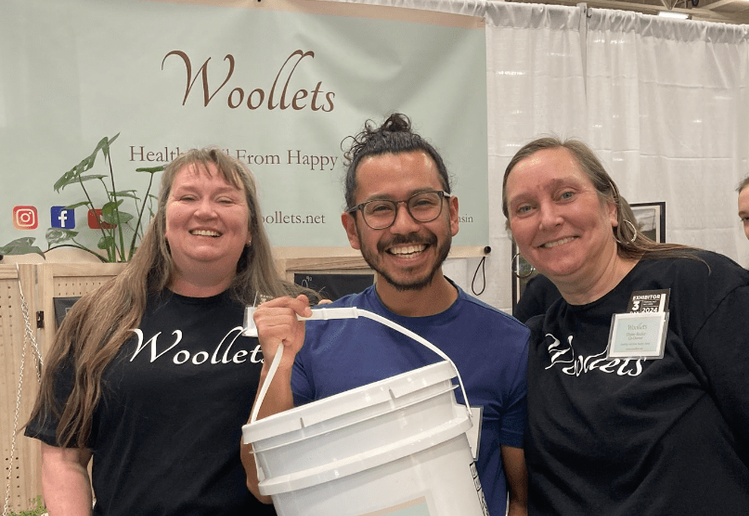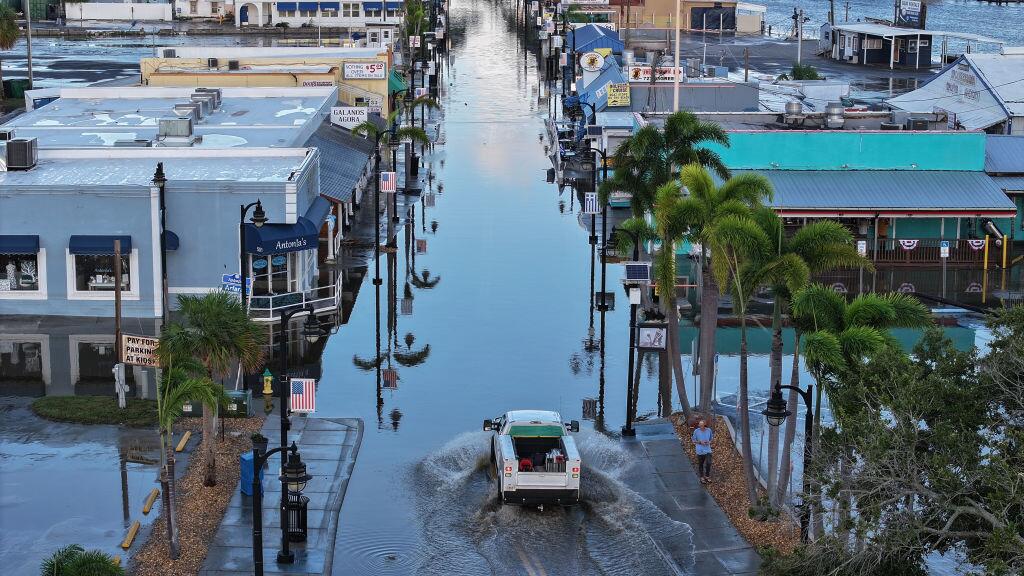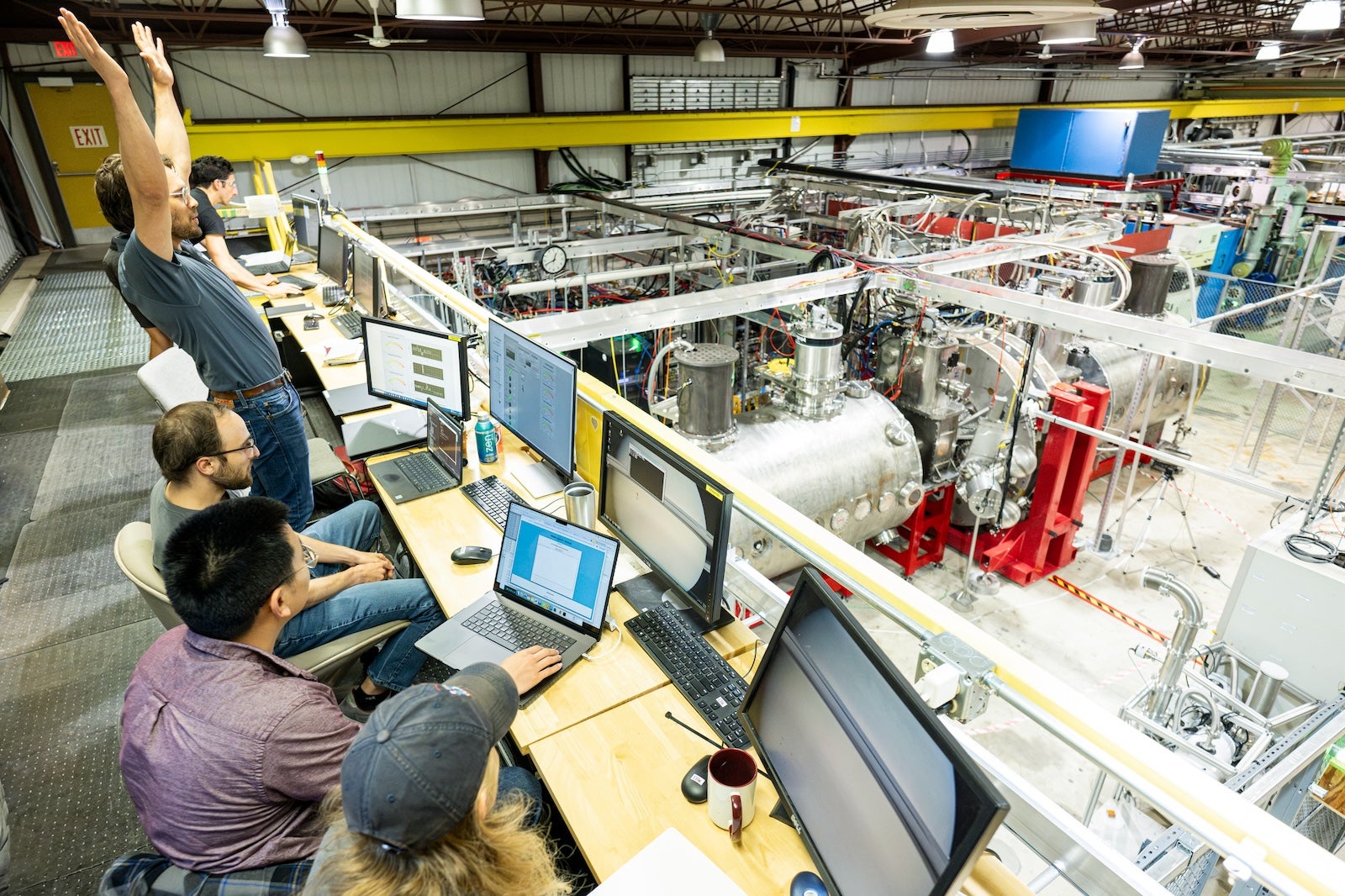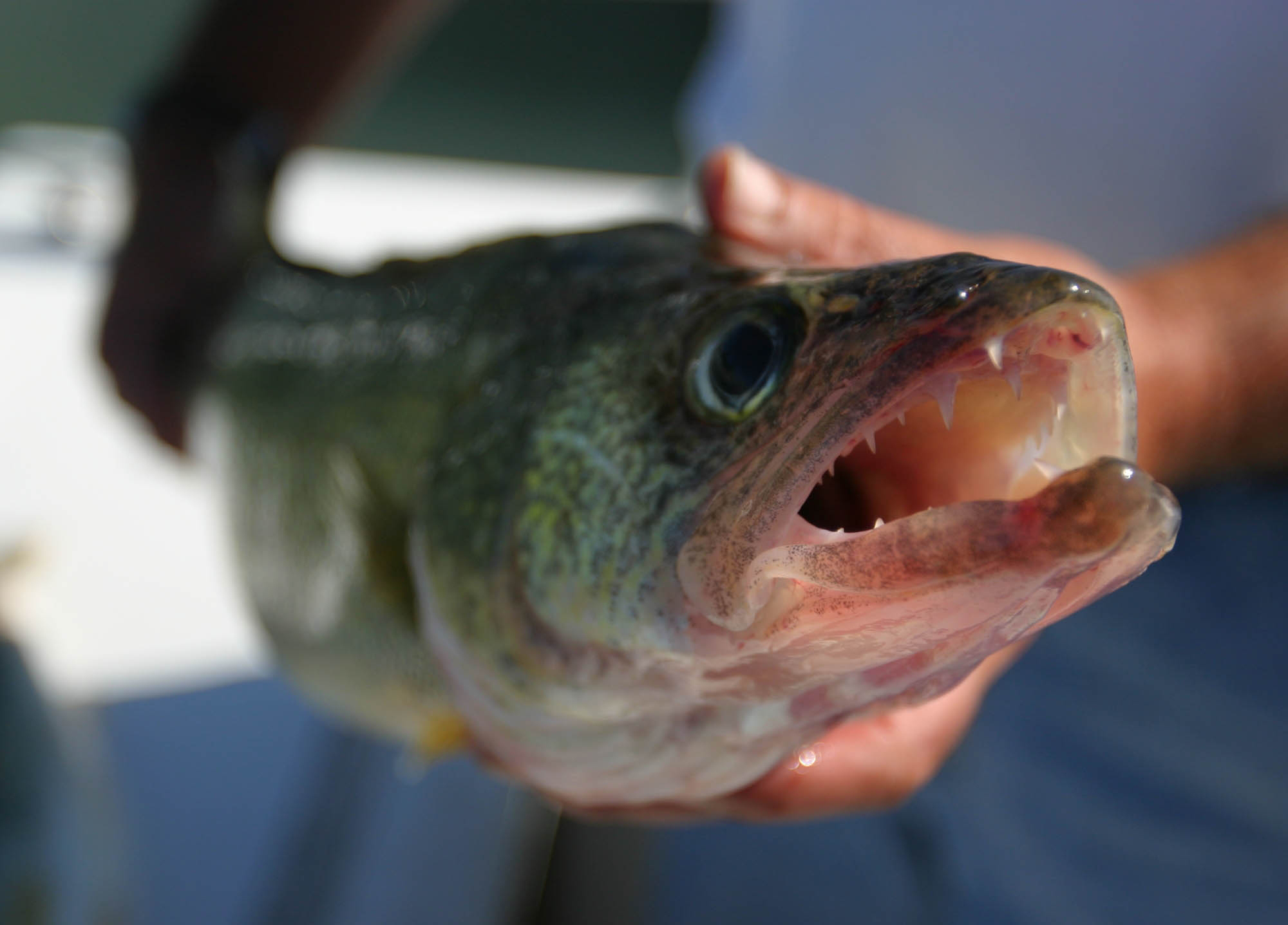The author of a new book says people who want to protect the world should save the earth’s soil. Our guest is an author and filmmaker. We discuss trapping carbon in the soil and keeping chemicals out of the dirt. He also offers tips for eating and growing food that helps restore the environment.
What are the little things you do that make a big difference? How are you teaching the next generation to support the planet? Are you a farmer? How do you make sure you’re a steward of the land? Join the conversation and email ideas@wpr.org. You can also tweet @wprmornings or post on the Ideas Network Facebook page. Call 1-800-642-1234 during the show to share your thoughts.
Featured in this Show
-
Farming, Food Practices Improve Soil Health, Environment
Hidden in one teaspoon of soil are more microbes than people on the planet — and they may be a key to fighting climate change, says Josh Tickell, a filmmaker and author of the new book “Kiss the Ground: How the Food You Eat Can Reverse Climate Change, Heal Your Body & Ultimately Save Our World.”
“Most people when they look at soil, it’s just dirt, it’s stuff we walk on, but if you look at it in a different context, soil is really the basis of all life on the planet,” Tickell said.
An extremely complex web of life, soil is the essential piece that brings both carbon dioxide and water together to balance local ecosystems. And the microbes — like bacteria, fungi, protozoa and more — essentially pull carbon out of the atmosphere.
Soil has the potential to capture the majority of carbon dioxide admitted into the atmosphere by humans, Tickell said. But pursuing that will require a dramatic shift away from our industrialized view of science toward one that works with the land, instead of against it.
Healthy soil is discernible by its rich black color — thanks to carbon, which is vital to getting water into soil and keeping it there, Tickell said, unlike dirt, sand or dust that has become increasingly common around the world.
“The soil is a matrix of carbon, kind of a carbon sponge,” he said. “That carbon is the infrastructure that holds micro droplets of water, that when suspended in soil, keep this life alive.”
Yet, this is all relatively new science, with scientists estimating they understand only about 1 percent of what’s happening in soil.
Science for the last 100 years has largely been based on chemistry and building a man-made world, namely industrialization, Tickell said. “We haven’t had a lot of need for how the planet really functions.”
But to move forward, science will have to address the changing climate much more aggressively, he said.
“We’ve failed to prepare for these mega-climatic related disasters, but we’ve also failed to look at the real causes,” Tickell said. “I’m not talking about chemistry-based problems … but localized problems in the environment caused by soil.”
In Wisconsin, that means a warmer and wetter climate, according to a 2011 report by the Wisconsin Initiative on Climate Change Impacts.
“Soil erosion in Wisconsin could more than double by 2050 compared with the 1990s, as a result of predicted changes in hydro-climate,” according to the study.
Tickell points to regenerative agriculture techniques like mob grazing as a means to work with the soil and prevent erosion, and keep carbon and water trapped under plants, leading to healthier more nutritious soils.
Mob grazing rotates cows on pastures about once a day in a way that stimulates the growth of grasses. Grasses are one of the most powerful carbon sequestering rooted plants.
“Cows also defecate on the soil, those defecations are steaming mounds of microbes that kind of jump start the soil like yeast culture,” Tickell said.
No-till farming — not plowing between harvests each year — is another method that keeps soil ecosystems intact and prevents erosion by protecting root structures.
To support regenerative agriculture as a consumer, Tickell says to aim for a diet of 50 percent fruit, 25 percent healthy protein and 25 percent healthy grains. And, get to know your farmer.
“Our bodies are connected to the environment,” he said. “We forget our food comes from the soil … know that the food choices you’re making are impacting the world.”
Episode Credits
- Kate Archer Kent Host
- Kealey Bultena Producer
- Josh Tickell Interviewer
Wisconsin Public Radio, © Copyright 2025, Board of Regents of the University of Wisconsin System and Wisconsin Educational Communications Board.





